8 Handy Windows Built-in Tools You Might Not Know About
Windows has hundreds of built-in tools and functions that make everyday tasks easier. However, most of these tools are hard to find and use effectively. In fact, it is quite common for users to opt for alternatives for Windows apps when there are plenty of good apps that are hiding inside their Windows OS.
To help you get the most out of your Windows, here’s a list of 8 lesser-known Windows tools. These tools are very effective and can help immensely if you learn to use them.
Read Also: 10+ Free Data Recovery Tools (Windows)
1. System Configuration
System Configuration (aka msconfig) offers powerful configuration options in a single window.
To access System Configuration options, press Windows+R keys and type “msconfig” in the “Run” dialog. You will see multiple tabs to configure the system, like:
Boot
Here, you can change boot options, like boot into Safe Mode, change the default operating system (if you have multiple ones), and other similar boot options.
You can also go to “Advanced options” to control how much processor cores Windows should use or limit total RAM usage.

Services
In Services, you will find a list of background services that are set to work when Windows start.
Most of them are Microsoft services that you should not mess with, but you can select the “Hide all Microsoft services” option to see all third-party background services.
You should disable background services that you don’t want to use as they are using resources (I have all my third-party services turned off).
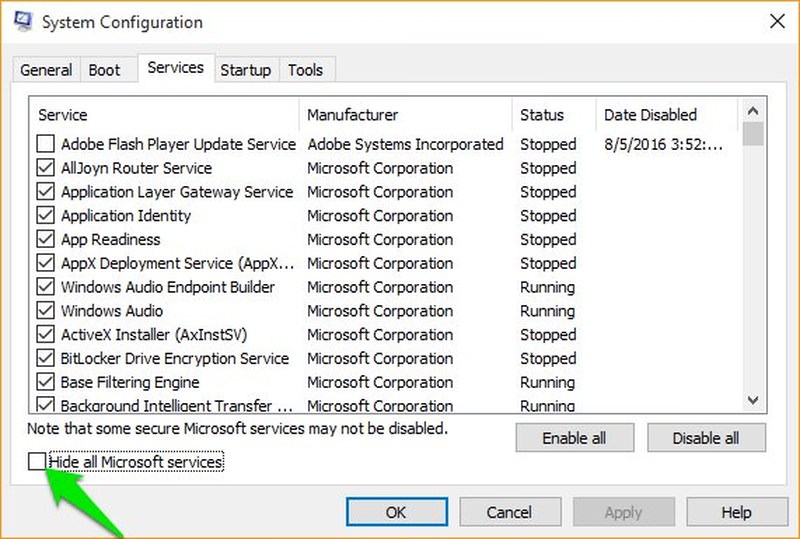
Startup
In Windows 8/10, this option has been moved to Windows Task Manager. Click on the link inside this tab to access said option.
Here, you will see all the programs that are set to start when Windows boots. You should disable programs that you don’t want to start with Windows to speed up Windows startup and stop those programs from eating precious resources.
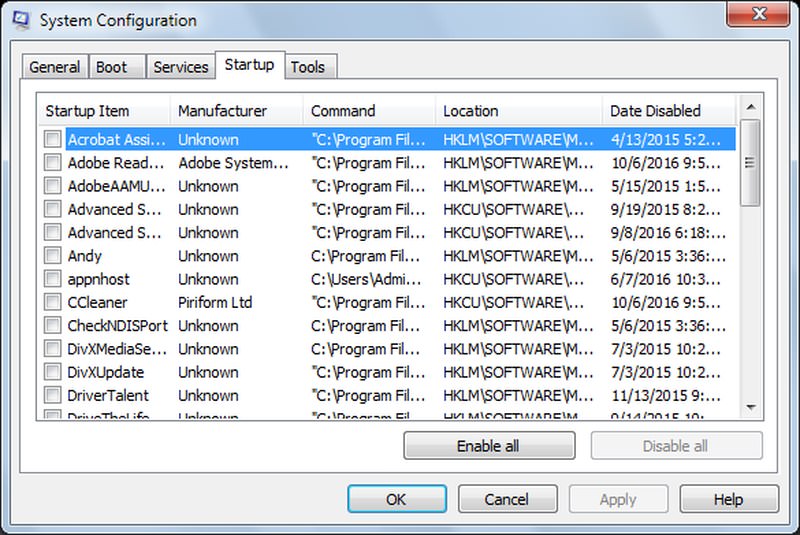
Tools
This tab lists shortcuts to some important tools that can be handy in many situations. You should not mess around with these tools if you don’t know what you are doing, but they can be extremely powerful if you know how to use them.

2. Event Viewer
Windows keeps a complete record of all the events, which can be accessed in the Windows Event Viewer. It shows Windows services accessed, errors and warnings, logins and other similar data that can be used for detecting problems or activity.
I personally use it to detect unauthorized access to my PC when I am not around.
To access the Event Viewer, go to Control Panel > System and Security > Administrative Tools > Event Viewer. You can also simply press Windows+R keys and type “eventvwr” in the “Run” dialog to open the Event Viewer.
Although Event Viewer can be used for many purposes, but detecting a problem is one of its core functions. In the main interface, Event Viewer will show all the errors and warnings.
However, you should not pay attention to them unless you actually face a problem. Windows is very sensitive while creating error logs, so even a slight change in behavior will lead to making an error or warning entry in the Event Viewer.
If you recently had a problem – as your PC crashed – then go to Event Viewer and check the errors that occurred during that specific time. Double-clicking on an event shows more details and solutions.
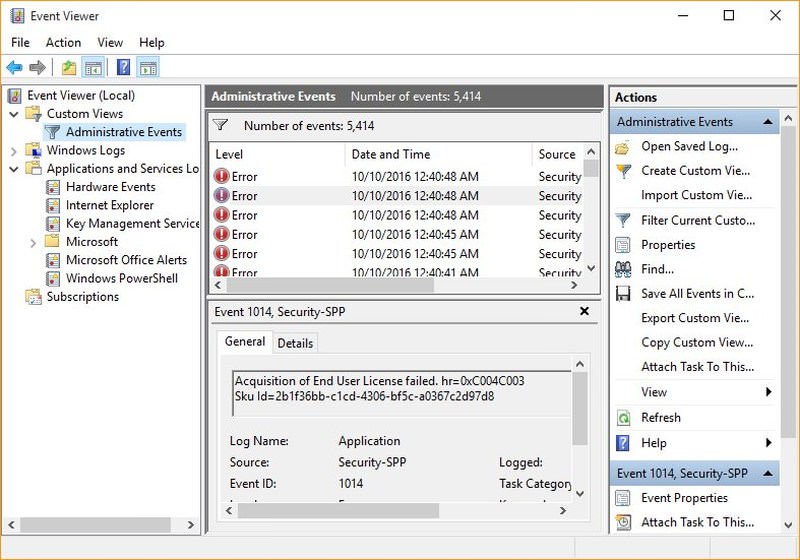
3. Data Usage Tracker
If you are using Windows 8.1 or Windows 10, then you can take advantage of the built-in data usage tracker to see how much internet data you have used. If you have a limited internet data plan, then tracking data usage could save you from extra data usage charges.
9 Best Windows Apps to Monitor Internet Usage
Whether you're trying to avoid exceeding your data cap, optimize your network's performance, or simply curious about your... Read more
Go to Settings and click on “Network & Internet“. Here you will see the total data used in the last 30 days in the “Data usage” section.

You can also click on the “Usage details” button below to see how much data each application has used.
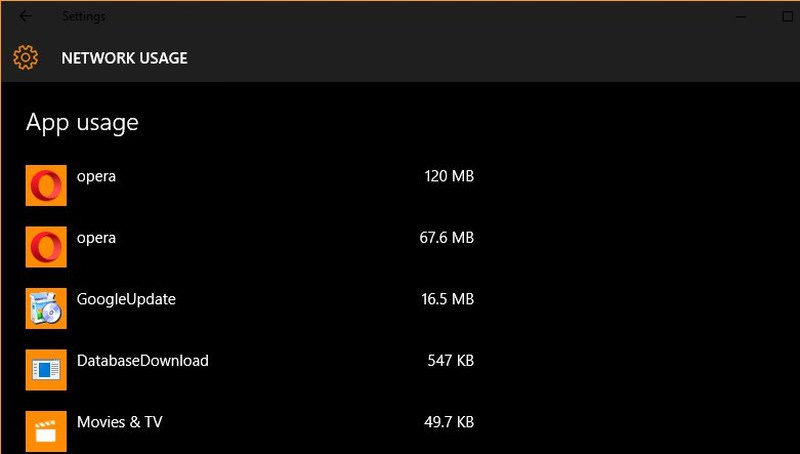
4. System Information
If you are still using DirectX Diagnostic Tool (dxdiag) or My Computer properties to see basic information about your PC, then this tool will surely be a huge improvement for you. Whether you are buying a new PC, troubleshooting your PC or selling one, it is extremely important to know both hardware and software details.
The System Information tool will offer all the information you will ever need regarding the hardware and software of your PC.
You can either access System Information tool from the Administrative tools in the Control Panel, or simply type “msinfo32” in the “Run” dialog.
The system summary will list all the important information, including processor, BIOS type, RAM, Virtual RAM, display, and OS information, among others. Although you can further explore internal and external hardware components and their status, and important information about PC software.

This information can also be exported to a file to easily share with anyone.
5. Startup Repair
Windows 8 and Windows 10 come with a native “Startup Repair” tool that will help you fix common startup issues that may be slowing the boot process or even preventing Windows from starting.
If you can access Windows, then press and hold the “Shift” key and click on the “Restart” button to restart to Windows boot options. If Windows isn’t starting, then the boot options should automatically open up after 2-3 attempts.
In the boot options, go to Troubleshoot > Advanced options > Startup Repair. Just click on the “Startup Repair” option and it will automatically scan and fix startup problems (if possible).
6. Task Scheduler
One of the most powerful yet neglected tools of Windows, the Task Scheduler lets you schedule important tasks and even handle daily tasks automatically without any manual intervention from your side.
You can start up a program, use Windows functions, send an email or simply show an important message at a specific time or in response to a specific event (like logging in).
Want to scan your PC with your antivirus program every week? Task Scheduler can do that. You can even connect Task Scheduler with the Event Viewer to perform actions in response to Events.
Task Scheduler is listed under the Administrative tools or you can type “taskschd.msc” in the “Run” dialog to open it.
To get you started, click on the “Action” menu at the top and select “Create Basic Task”. A wizard that will get you through the steps to schedule a task will open up. Once you get the hang of it, you can use the “Create Task” option to get more customization options to create tasks.
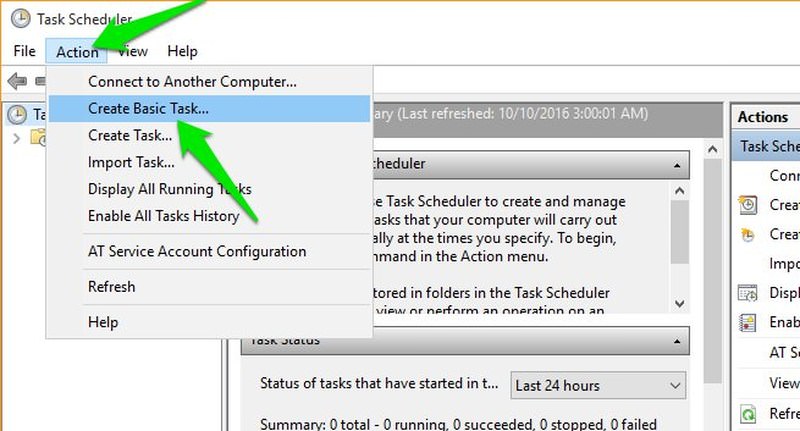
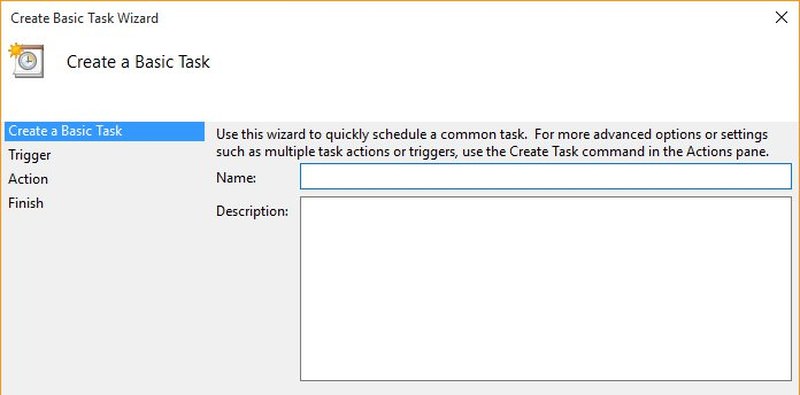
7. Reliability Monitor
Another handy tool to find problems in your PC and resolve them, the Reliability Monitor is much like the Event Viewer tool, but it is very easy to read and only lists problems that are actually harmful.
If you are recently having problems with an application or Windows itself, then the Reliability Monitor may be able to help.
To access the Reliability Monitor, go to Control Panel > System and Security > Security and Maintenance. Here click on “Maintenance” and select “View reliability history” from below.
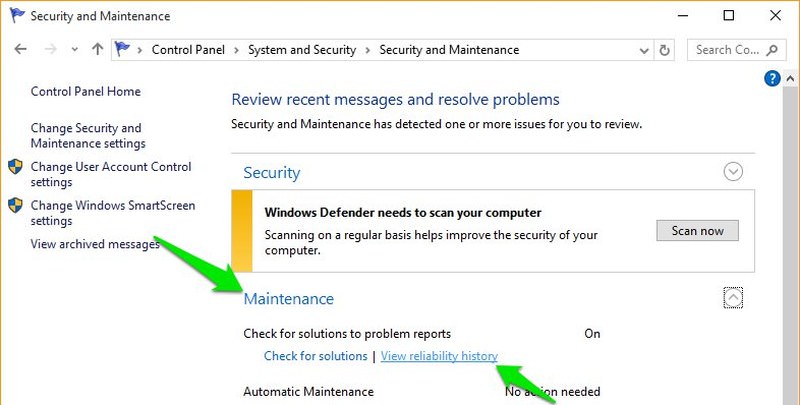
Reliability Monitor will show a performance graph over time with errors and problems listed under each day. You can click on a day to see all the errors or events, and double-clicking on an error shows more details and possible solutions.

8. Memory Diagnostic
You don’t need a third-party tool to check whether the memory (RAM) of your PC is working fine or not, Windows has a built-in Memory Diagnostic tool for it. It will scan your PC for any memory issues and let you know of a bad memory.
Note: Memory Diagnostic scan requires your PC to restart, so make sure you have saved all your data before using this function.
In the “Run” dialog, type “mdsched.exe” and hit enter. You will be asked when you would like to “Restart” and scan the PC. Choose the appropriate option, and your PC will restart and then start the Memory Diagnostic scan.
Once completed (usually 5-10 mins), your PC will restart and you will see the diagnostic report when you’ll log in.
Bonus
You can also enable “GodMode” in Windows to access all the functions offered in Windows Control Panel in a single place. It is not a tool but an amazing trick to find hidden gems in Windows.
To get started, create a new folder on your desktop and rename it as:
GodMode.{ED7BA470-8E54-465E-825C-99712043E01C}
When you will press enter, the icon of the folder will be changed to Control Panel’s icon.
You can open this new folder to access all the functions in one place. If you are looking to find great hidden Windows tools, then you should definitely go through this list.
Recommended Reading: How to Unlock God Mode in Windows 8
Conclusion
The above are just some of the great tools Windows has to offer. There are still dozens of other handy tools that can supercharge your work and make everyday tasks easier. System Configuration window, Task Scheduler and Event Viewer are one of my most used tools, which Windows tools you like?